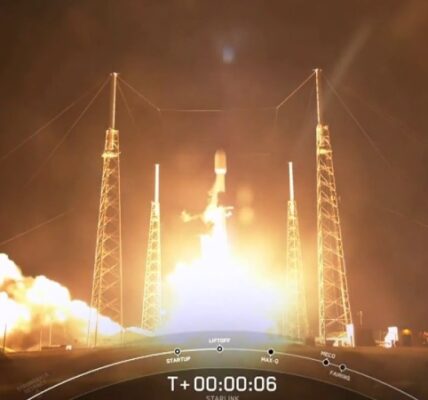NASA’s Voyager 1 spacecraft has been continuously transmitting a radio signal to Earth since November 2023, but the broadcast is devoid of useful data. The flight data subsystem (FDS), one of the three onboard computers in charge of encapsulating the science and engineering data before the telemetry modulation unit transmits it to Earth, appears to be the source of the problem.
Finding a Novel Data Signal
On March 3, activity from a portion of the FDS was observed by the Voyager mission team, which was distinct from the remaining unintelligible data stream coming from the computer. The team wasn’t sure what to make of the new signal at first because it was still not in the format that Voyager 1 uses when the FDS is operating correctly. Decoding the new signal, however, required an engineer working for the agency’s Deep Space Network, which runs the radio antennae that connect Voyagers and other spacecraft to the Moon and beyond. It turned out that the signal comprises a readout of the full FDS memory.
Diagnostics and Troubleshooting
The code, or instructions on what to do, and the variables, or values used in the code that can vary in response to commands or spacecraft status, are both stored in the FDS memory. For downlink, it also includes scientific or engineering data. The team will attempt to identify any differences in the code and the variables by comparing this readout to the one that was obtained prior to the issue developing.
On March 1, Voyager 1 received a command that led to the creation of this new signal. The command, which the team has dubbed a “poke,” is intended to gently prod the FDS to try various sequences within its software package in the unlikely event that the problem can be fixed by navigating around a faulty portion.
It takes 22.5 hours for a radio transmission to reach Voyager 1 because it is located more than 15 billion miles (24 billion kilometers) from Earth, and an additional 22.5 hours for the probe’s response to reach antennae on Earth. Thus, on March 3, the group was informed of the command’s outcomes. Engineers started attempting to decode the data on March 7 and discovered on March 10 that it contains a memory readout.
The reading is being examined by the team. It will take time to use the information to formulate a possible solution and make an effort to implement it.















